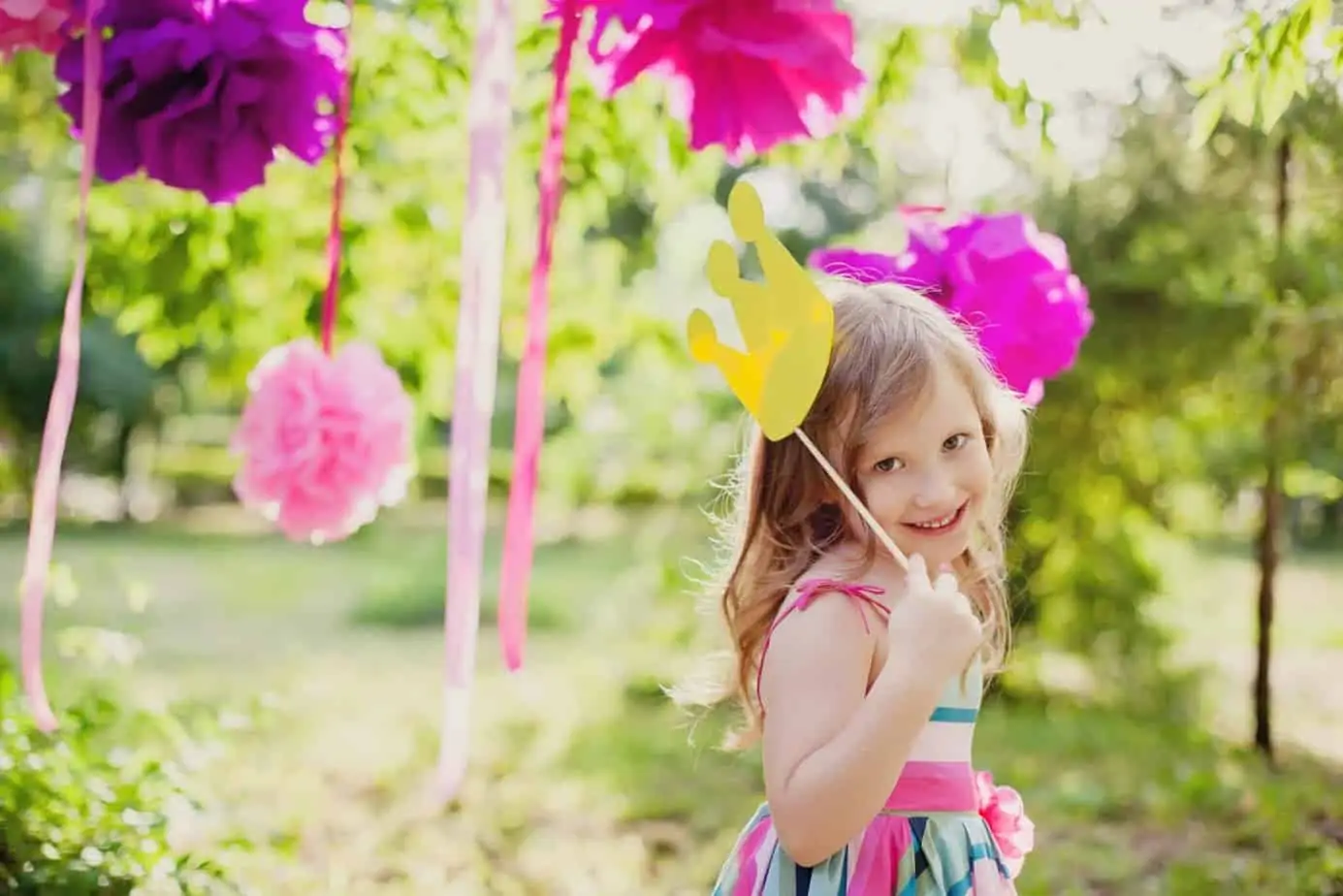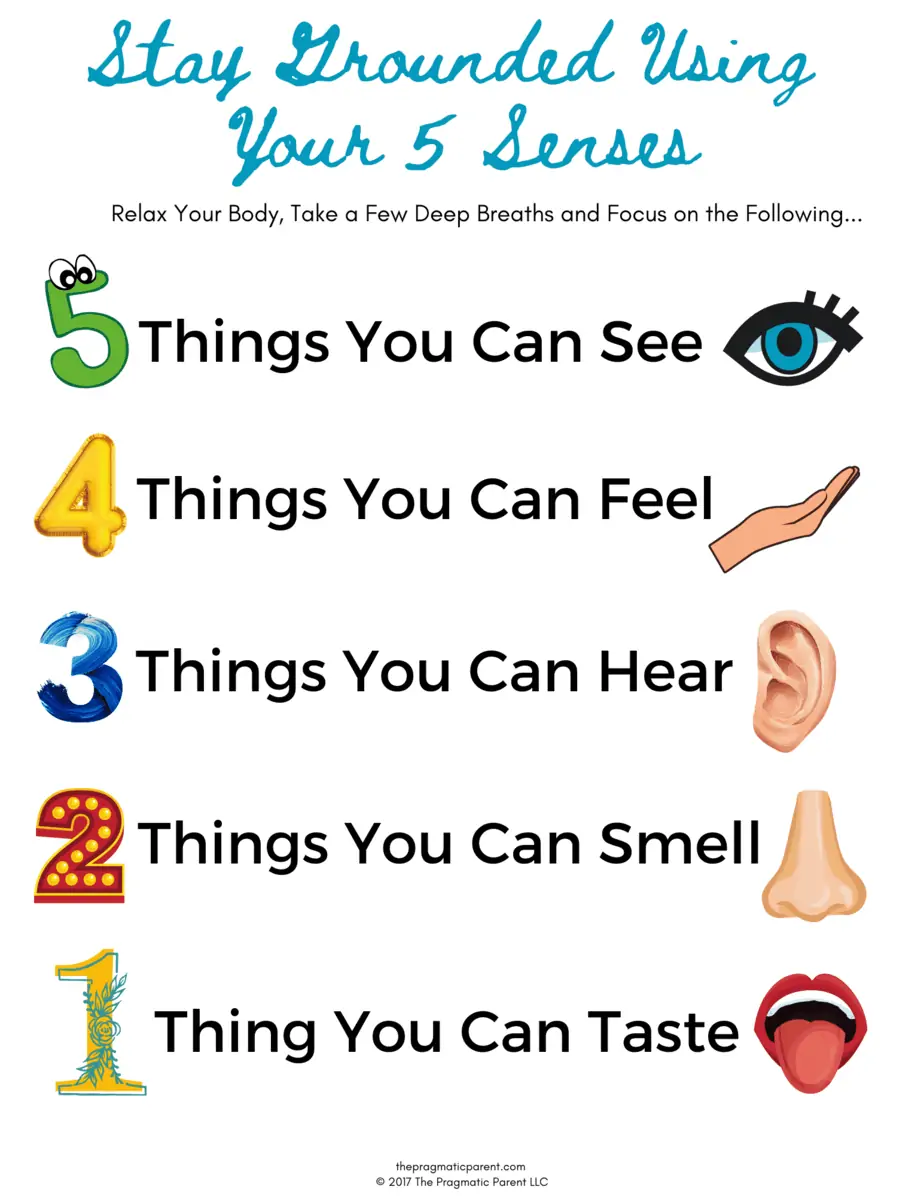Unsure how to deal with back talk? How to appropriately respond instead of react & calm disrespectful behavior, letting natural consequences teach the lesson whenever possible. One of my favorite tools are in the Emotion identification tools which helps kids identify, name, communicate their feelings and what’s going on under the surface instead of covering them up in other ways.

6 Steps to Handle Backtalk & Peacefully Discipline Children
It happens to every parent eventually. Your sweet, loving child—who once eagerly hung on your every word—suddenly gives you a snappy comeback, a sarcastic “whatever,” or even an exasperated eye roll. And there you are, standing in disbelief, wondering where this attitude came from.
If you’ve been on the receiving end of backtalk, you know how frustrating and sometimes hurtful it can feel. But take heart: you’re not alone.
Backtalk is a completely normal part of a child’s development, especially as they begin to assert their independence and test boundaries.
That said, while it’s normal, it doesn’t make it any easier to handle in the moment. Backtalk can leave you feeling disrespected, embarrassed (especially in public), or even unsure of how to respond without turning the situation into a power struggle.
The important thing to remember is that backtalk often reflects deeper feelings of frustration, confusion, or even a need for attention.
As hard as it may be, this behavior isn’t about you failing as a parent—it’s about your child learning to navigate their emotions, assert independence, and understand limits.
This guide will walk you through simple, actionable steps you can take to handle backtalk calmly and effectively.
Whether it’s a quick sarcastic remark, a defiant attitude, or outright disrespect, these strategies will help you respond in a way that teaches your child better communication skills while keeping your cool intact.
So, let’s explore how to address backtalk in a way that fosters understanding and respect in your home, without feeling like the “bad guy.”
The first step to stopping backtalk is changing your perspective to SEE under the surface.
Reading parenting book after parenting book, one of the common themes is all behavior is a means of communication.
When I started observing this perspective for handling talking back, I anticipated it’d be a long, drawn-out process to get them to open up about the inner workings of their behavior. Instead, my kids began responding in only a few minutes and the result has been transformativefor my family.
In fact, they wanted to talk about what was going on inside, not shove it down.
My son no longer feels like he needs to draw me into a fight to prove his point. His actual words were, “I just wanted to win (the argument)” so you understands I have one strong-willed boy who has no problem giving me all he’s got when he’s in a mood. But, at least he’s honest.
Another example…My daughter has begun telling me everything about what’s bothering her, and has even become descriptive about her feelings because I talk about mine, she feels safe to talk about hers.
This means, no more guessing games for my husband and I because trying to read minds often leads us to the wrong conclusions, amiright?
7 Steps for Handling Backtalk and Disrespectful Behavior
1. Take a Deep Breath (Seriously, Breathe)
Before you react to the backtalk, pause. I know, I know—easier said than done when you’re faced with a sassy “Whatever, Mom!” or “I don’t have to listen to you!” But taking a moment to breathe gives you the chance to think before you speak. It also models self-control for your child.
When kids talk back, they’re often testing boundaries or expressing frustration in the only way they know how. If you snap back or raise your voice, it can escalate the situation and turn it into a full-blown power struggle.
Instead, take a deep breath and remind yourself that this is a teachable moment, not a battle.
Pro Parent Tip: Try counting to 10 or 20 in your head before responding. It may sound basic, but it works wonders for giving you a moment to gather your thoughts and respond calmly. If you need, you can also step outside or into another room to collect yourself.
I like to say, “I need a moment to myself” and my kids know to give me a few minutes solo and that something they’ve said or has happened, has made me upset. This also gives them time to work through the situation (and prepare an apology or insight if there’s a level of responsibility) for when I come back to the room.
Example Response: Instead of snapping back with “Don’t talk to me like that!” try, “I can see you’re upset, but let’s talk about this respectfully in a minute after we’ve both cooled off.”
2. Understand Where the Backtalk Is Coming From
Sometimes, backtalk comes out of nowhere (or so it seems), but there’s usually an underlying reason.
- Is your child tired?
- Hungry?
- Overstimulated?
- Or maybe they’re feeling frustrated or overwhelmed by something completely unrelated to the moment.
Understanding what’s fueling your child’s disrespectful behavior can help you address the root of the problem, rather than just reacting to the symptom. If they’re feeling ignored or not heard, backtalk might be their way of trying to get attention or express their feelings.
Ask yourself: What’s my child really trying to say?
Sometimes kids lack the emotional vocabulary to express their frustrations, and backtalk becomes their default.
As the parent, you need to steer this conversation, because your child will be stuck in their middle brain where they aren’t open to rationale thinking, and need your guidance. They also won’t be able to recognize if there is anything out of balance or missed their hunger cues.
For younger kids, you can ask them questions like, “You seem sad right now, is that right?” or“You might be fussy because you’re hungry, is that right?”
Example: Imagine your child responds with backtalk when you ask them to clean their room. Instead of getting upset right away, consider if there’s something else at play. Maybe they’re frustrated with something that happened at school, or they’re overwhelmed by the mess and don’t know where to start.
Example Response: Instead of saying, “Don’t talk back to me,” try, “It seems like something’s bothering you. Do you want to talk to me about what’s going on?”
3. Set Clear, Consistent Boundaries
Kids need structure, even if they won’t admit it. When it comes to backtalk, having clear expectations and consistent boundaries can go a long way.
Explain to your child what respectful communication looks like and make sure they understand that backtalk and rudeness aren’t acceptable ways to express their feelings.
For example, you might say, “I understand that you’re frustrated, but it’s not okay to talk to me that way. I don’t talk to you like that, do I? Let’s work on finding a better way to share how you feel.”
Consistency is key here.
If you let backtalk slide one day and enforce consequences the next, it sends mixed signals. Stick to the rules you’ve set and follow through with consequences when needed.
Example: If your child talks back when you ask them to do a chore, you can set a boundary like, “In our family, we speak to each other respectfully. You can be upset, but you still need to talk to me kindly.”
Example Response: “When you talk back, it’s disrespectful. If you need help with your chore, you can ask politely.”
4. Give Kids the Tools to Express Their Feelings
Many times, backtalk happens because kids don’t know how to communicate their feelings in a constructive way. They might be upset, frustrated, or angry, and backtalk becomes their go-to response.
Help them build an emotional toolkit so they can express themselves without being disrespectful.
Encourage them to use “I” statements like, “I’m upset because…” instead of reacting with snippy comments. Teaching emotional literacy is an important part of raising kids who know how to handle tough emotions in a healthy way.
You can also give them specific phrases to use when they’re feeling frustrated, like, “I need a minute to cool down,” or “Can we talk about this later?”
For school-age children, you can teach emotions by saying something such as, “I noticed you seem angry we had to change our plans for the afternoon. What’s going on?”
Emotion picture cards can be helpful to get kids talking, recognizing how they’re feeling in the moment and also learning to name their emotions.
You may have to ask leading questions several times but the trick is to recognize their feelings and remain calm.
For older kids, reassuring them you’re there to listen without judgement and patiently waiting for their response can be helpful.
If your child is stuck in their emotional center, just give it a few minutes so they can calm down and can get back to their higher brain where rationale thinking happens, before you start the conversation.
Example: Let’s say your child snaps at you when you tell them to finish their homework. Instead of saying, “You’re being rude!” offer them alternative ways to express their frustration.
Example Response: Talk to your child and show them an example of how to express emotions such as “I can see you’re upset. How about saying, ‘I’m feeling overwhelmed with my homework right now. Can you help me?’ instead of talking back.”
Some of my favorite tools for learning and practicing feeling and emotions are in the Emotion identification tools which helps kids identify, name, communicate their feelings and what’s going on under the surface instead of covering them up in other ways.
5. Listen Without Judgement, Defensiveness or a Reactive Response
Your only job once your child begins to talk, is to listen without any type of reservations or judgement. Give them space and time to get everything off their chest so they feel heard.
Don’t interject any words of wisdom or insight into the situation just yet. Simply, sit back and wait.
Don’t take a side if the situation has more than one child involved, emotionally react or try to get your point across (or win the conversation), just hear their side of the story.
Push your knee-jerk reactions aside even if it’s difficult when your child calls their brother or sister a jerk or places the blame on someone else.
Your only job is to listen and keep the dialogue going so your child can get it all off their chest.
6. Follow Through with Consequences (Without Losing Your Cool)
Consequences are an important part of teaching kids about respect and boundaries. But here’s the key: they need to be logical consequences that are tied to the behavior.
For example, if your child is talking back when you ask them to do a chore, a logical consequence might be losing screen time until the chore is completed.
The consequence should be directly related to the disrespectful behavior, and delivered in a calm, matter-of-fact way. Avoid getting into a power struggle, and don’t feel the need to justify your decision with long explanations.
Be firm, but kind.
Example: If your child is disrespectful when you ask them to put away their toys, a logical consequence would be that the toys get put away for a day. Or if they refuse to do their homework respectfully, they might lose screen time until the homework is done.
Example Response: “If you continue to talk back when I ask you to do something, there will be no video games until your homework is finished.” Or utilize the boundaries you have in place for consequences (losing screen time, no friends, additional chores, etc.)
7. Reinforce Positive Communication
It’s easy to focus on the negative, especially when backtalk happens frequently, but it’s just as important to recognize and praise good behavior.
When your child expresses their feelings respectfully or handles a frustrating situation calmly, acknowledge it and celebrate it! Positive reinforcement goes a long way in encouraging more of the behavior you want to see.
You might say something like, “I really appreciate how you told me you were upset without yelling. That was really mature of you.”
By celebrating the moments when they communicate well, you’re reinforcing the positive behaviors you want to see more of.
Example: If your child gets upset but says, “I’m frustrated, but I’ll do my chores,” instead of snapping back, make sure you recognize that effort.
Example Response: “I’m proud of how you handled that. You told me how you felt without being rude—that’s what I like to see.”
Final Note on Handling Backtalk
Let’s face it—dealing with backtalk and disrespect is one of the less glamorous parts of parenting. But with patience, clear boundaries, and a calm approach, you can teach your child better ways to express their feelings and respect others.
The key is to be consistent, stay calm, and remember that every challenge is an opportunity for growth.
Hang in there, and remember: even the sassiest kids can learn to communicate respectfully with a little guidance and a lot of love.
More Positive Parenting Resources
- How to Discipline a Child Without Using Punishment
- From Entitlement to Empathy: Cultivating Gratitude in Children
- Entitled Kids: What Entitlement Looks Like at Home & How to Fix It
- 12 Ways to Calm an Angry Child & The Brain Science Behind Outbursts
- Vital Tips for Parents Navigating the Transformative Tween Years
- Handling Toddler Tantrums: Big Emotions & Helping Your Toddler Feel Heard
- Why Empty Threats Don’t Work (And What To Do Instead)
- 14 Factors That Influence a Child’s Behavior or Trigger Their Misbehavior
Want even more?
Shop All Parenting Resources
Shop all of our parenting resources from self-regulation tools and managing big emotions to building self esteem and confidence. There are resources for all seasons of life!








